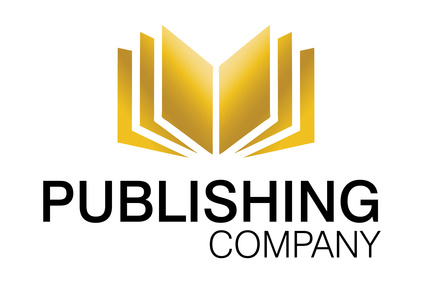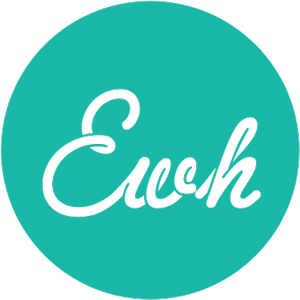
Self-Publishing 101
 We’re going to be exploring self- and independent publishing this month on the Children’s Book Hub, so I thought I would kick off the discussion with an overview on the various forms of publishing, especially self-publishing. In subsequent posts I’ll get more specific as to the pros and cons of each:
We’re going to be exploring self- and independent publishing this month on the Children’s Book Hub, so I thought I would kick off the discussion with an overview on the various forms of publishing, especially self-publishing. In subsequent posts I’ll get more specific as to the pros and cons of each:
Traditional Commercial Publishing: A commercial publisher purchases the right to publish a book, and pays the author a percentage (typically 10%) of net sales (aka “royalty rate.”). Most also pay the author an advance against those anticipated royalties. The traditional commercial publishing house handles every aspect of editing, publication, distribution, and marketing at no cost to the author. Books are owned by the publisher and remain in the publisher’s possession until sold. The process of acquiring books for publishing at these houses is highly selective.
Self-Publishing: There are several forms of self-publishing, and for our purposes, we’ll distinguish between “self” publishing and “independent” publishing, as the two are quite different in a number of ways (not the least being the stigma that is often applied to self-publishing – but I’ll talk about that more in subsequent posts). With self-publishing, the devil is in the details – so it’s very important to understand the differences between the various forms:
- Vanity Publishing/Vanity Presses: A vanity publisher prints and binds a book at the author’s sole expense. Sometimes the author maintains ownership of the rights as well as the books themselves, and retains all proceeds from sales. Sometimes the publisher claims various rights, owns the ISBN and pays the author a royalty. Adjunct services (editing, marketing, distribution) are usually minimal, or of dubious value. The fact that there is little, if any, screening or assessment process necessary for books to be published via these presses is one reason why there is often such a stigma in the industry against them (down to the fact that many bookstores and libraries will not carry vanity press publications.) Vanity presses derive their profits from the authors of the books they publish.
- Subsidy Publishing: A subsidy publisher takes payment from an author to print and bind a book, but also contributes a portion of cost and/or provides adjunct services. Subsidy publishers are theoretically more selective. They also claim at least some rights, though the rights may be non-exclusive. Completed books and ISBN’s are the property of the publisher, and remain in the publisher’s possession until sold. Authors receive a royalty. True subsidy publishing today is mostly limited to specialized markets such as poetry or academic.
- Pod (Print On Demand): Print-on-Demand, (also called POD, Short Run Printing or Print Quantity Needed/PQN) is a digital printing process which can print as few or as many books as needed — one at a time. Vanity and subsidy houses sometimes use POD printing, so these are ‘POD Publishers’. But POD in itself is printing, not publishing. Publishing is the broader process that includes printing as well as editing, typesetting, design, production, publicity, marketing, and distribution.
- Independent Publishing: Also called small press or independent press, independent (or “indie”) publishing is a term used to describe small publishing organizations with annual sales below a certain level. This may be determined by a dollar figure (i.e. less than $50 million, after returns and discounts) or it may be determined by the number of titles published per year (usually fewer than 10). Independent publishers are not part of large conglomerates or multinational corporations, and perhaps surprisingly, make up approximately half of the market share of the book publishing industry. Many small presses rely on specialization in specific genres and niche markets. An increasingly popular form of self-publishing relies the independent publishing model. The author forms his or her own LLC, or small publishing company, and bears the entire cost of publication, as well as handling all marketing, distribution, storage, etc. Rather than paying for a pre-set package of services from one source, the author sub-contracts those services (such as copy-editing, layout design, cover design, indexing etc.) him or herself. All rights, the ISBN, and completed books are owned by the author (or author’s LLC), as well as all proceeds from sales. This can be a more expensive and labor-intensive proposition at the front end, but allows the author to maintain more control, as well as all rights and sales proceeds on the back end. Independently self-published books endure less stigma within the industry, as it is assumed that the cost and labor involved in the process has necessitated the author going to some lengths to ensure quality.

